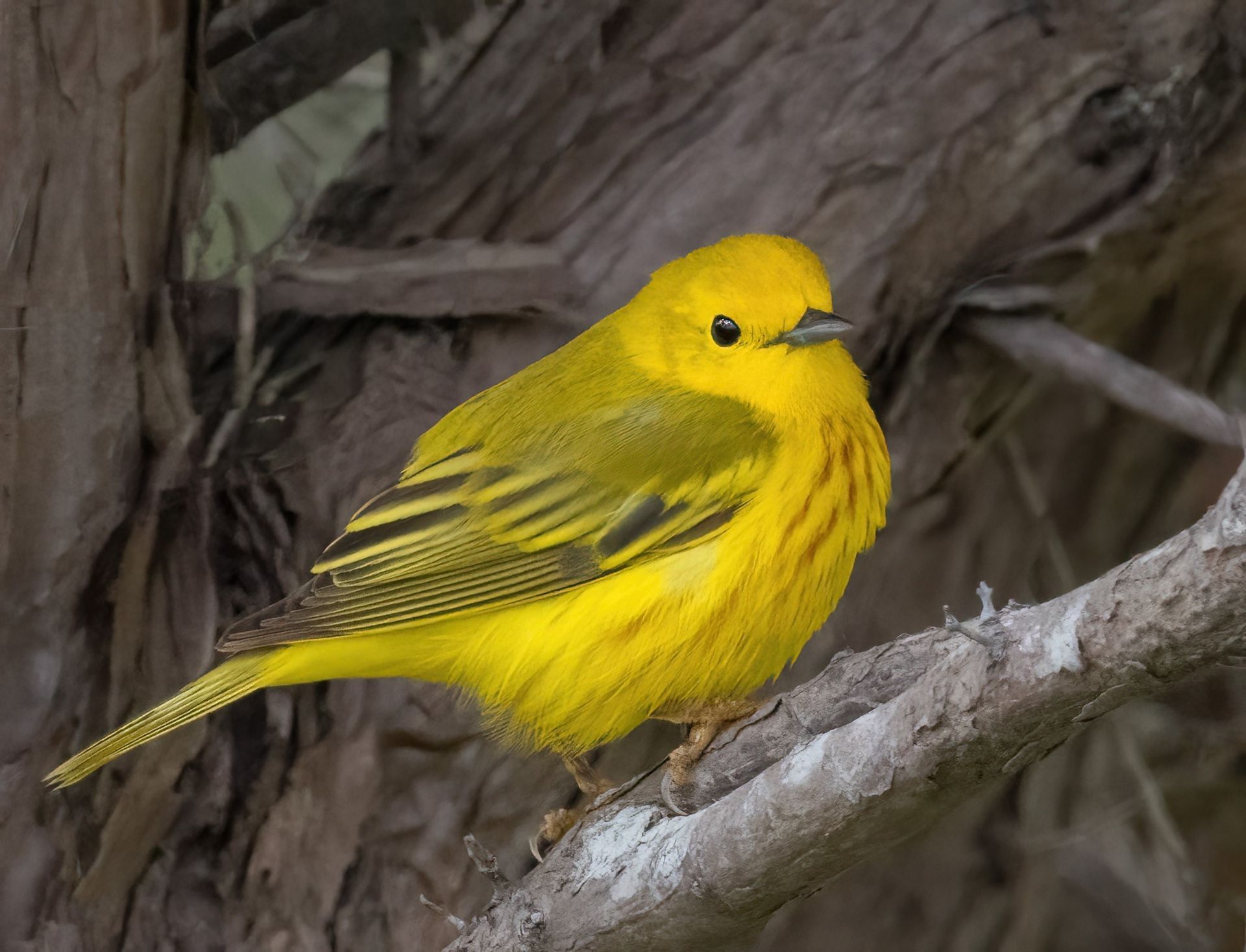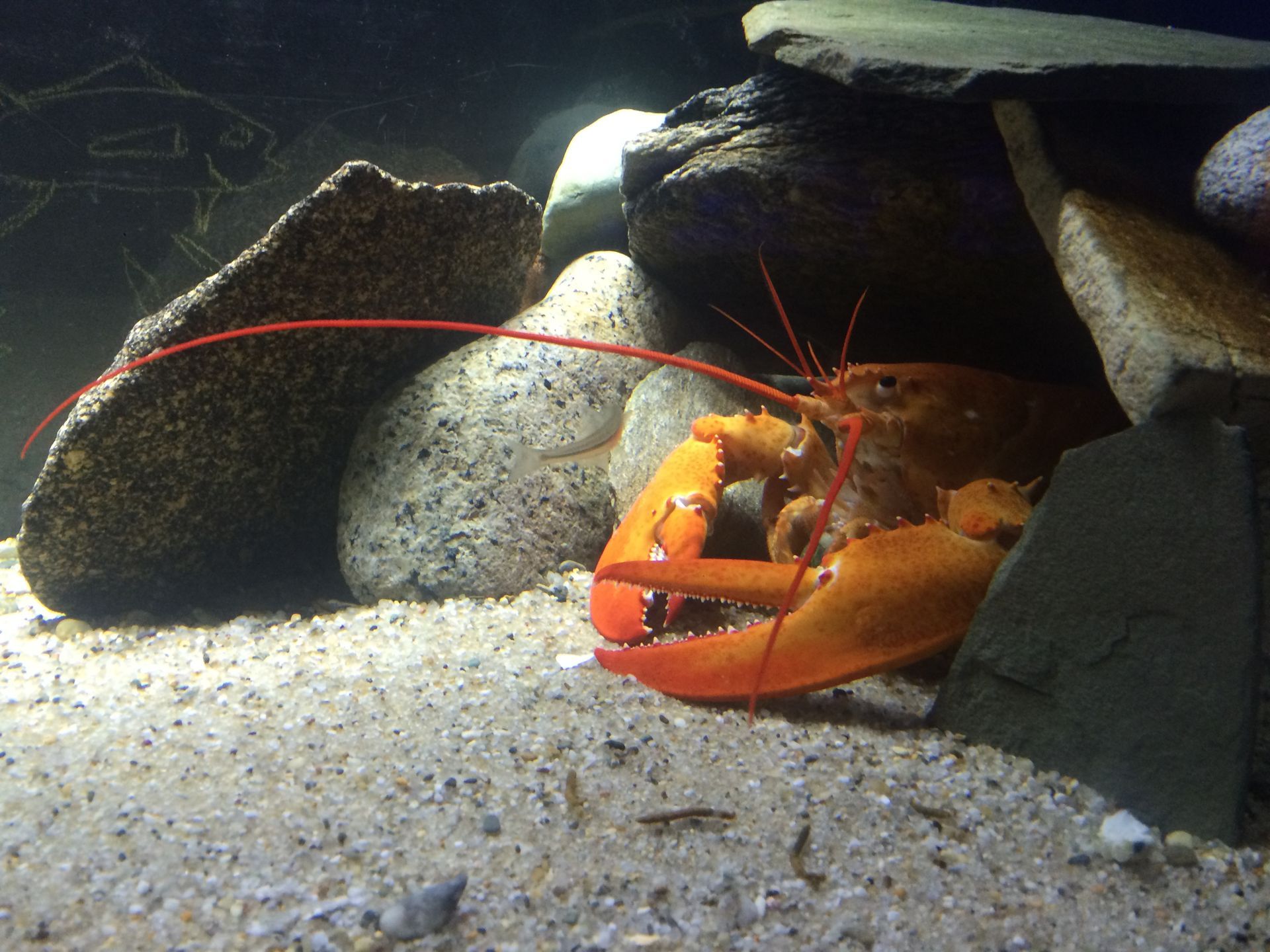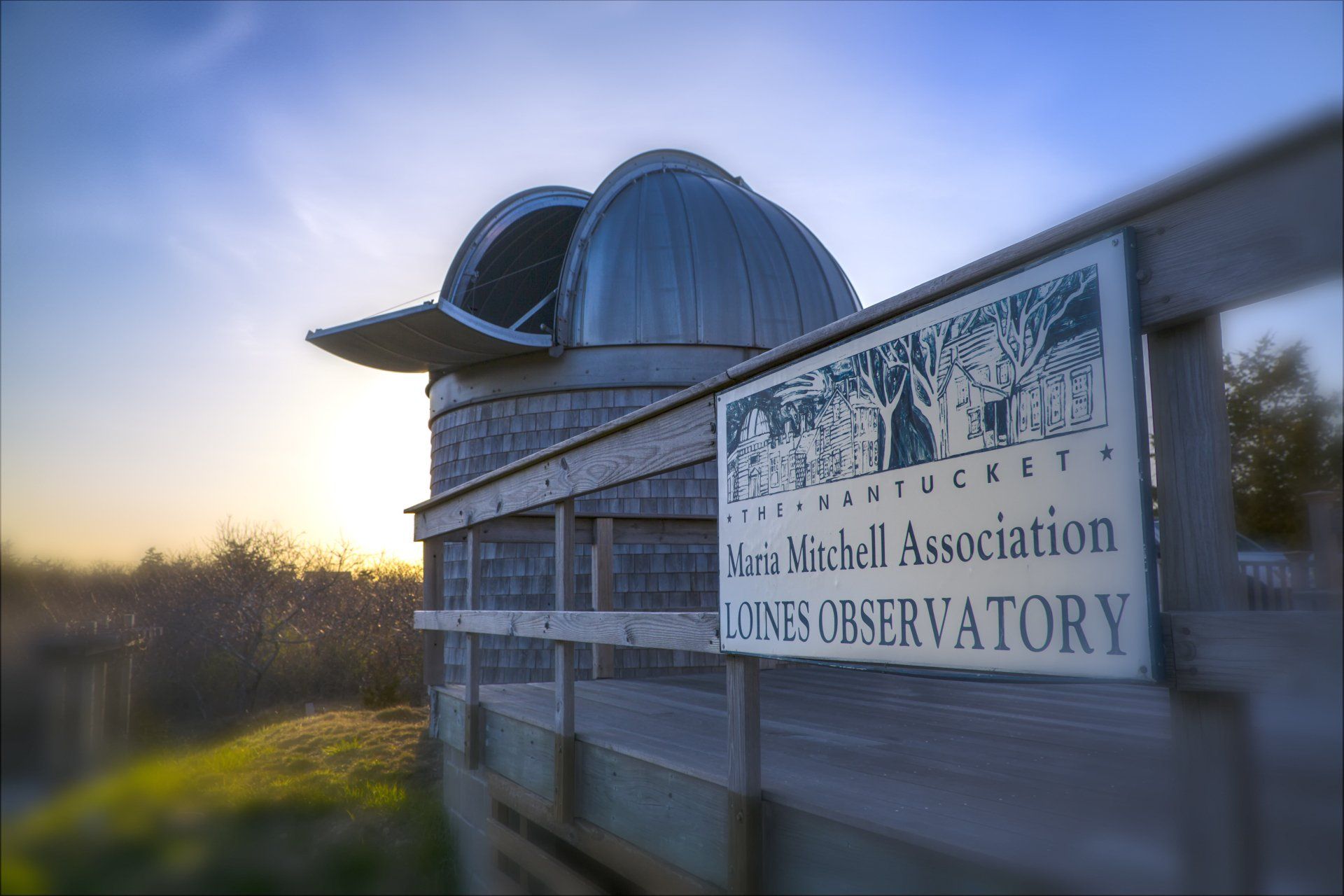Keep Calm and Bird On: June 2024
“If you don’t look, you don’t see. You have to go and look.”
-Edith Andrews

By June most of the spring migrants have moved on; a few juveniles may linger on what was their wintering ground until they mature enough to breed in subsequent years. But many species of birds do return to breed on Nantucket. So it’s a good time to enjoy bird behavior and confirm breeding.
Watch Ospreys catch and deliver fish. Dad eats first, usually away from the nest at his “lounging” spot. Then he brings fish to the nest for Mom, and eventually, the youngsters.
Give Piping Plover your full respect and obey the signs, bearing in mind that birds can’t read, and could be anywhere, just trying to survive by being inconspicuous. But beware of Herring Gull or Black-backed Gull, or especially Tern colonies, and give them a wide berth, because in defense of their young they can and will dive-bomb, or even strafe and draw blood. Watch from a safe distance for their protection, and yours.
You might still see a male Northern Harrier swoop by, making a food-pass, tossing a mouse or vole to the female who catches it mid-air.
You might watch a Killdeer, Robin, or even a Common Yellowthroat, give a world-class pretense-injury act, called a distraction display, leading predators away from a nest.
On a still, calm, full moon night–if such a thing should happen during the month Nantucketers call “Juneuary”–it’s great to go out to the moors after dark and listen for Whip-poor-will or Chuck-will’s-widow. If a swampy spot is nearby, a Virginia Rail might speak.
Watch for Tree or Barn Swallows carrying insects to a box, or an Eastern Kingbird bringing a butterfly toward a well-hidden nest. Black-capped Chickadees may gorge on sunflower seeds in the winter, but their kids eat only the best high-fat, high-protein insects and caterpillars in season. And this is true of a lot of other species.
Happy birding!
Recent Posts




